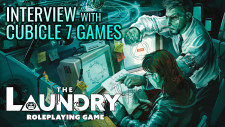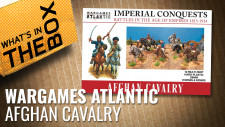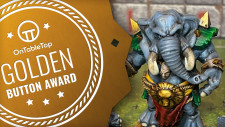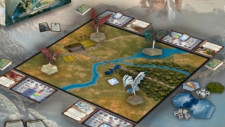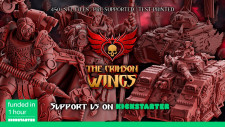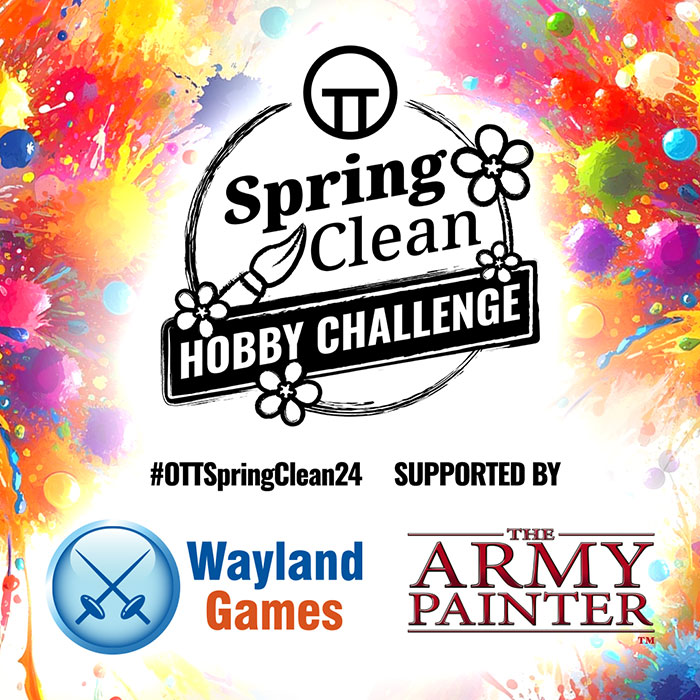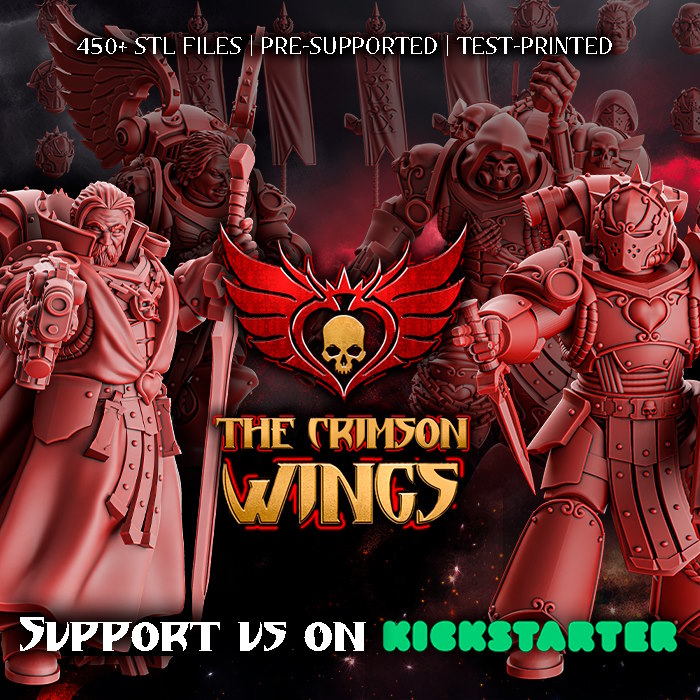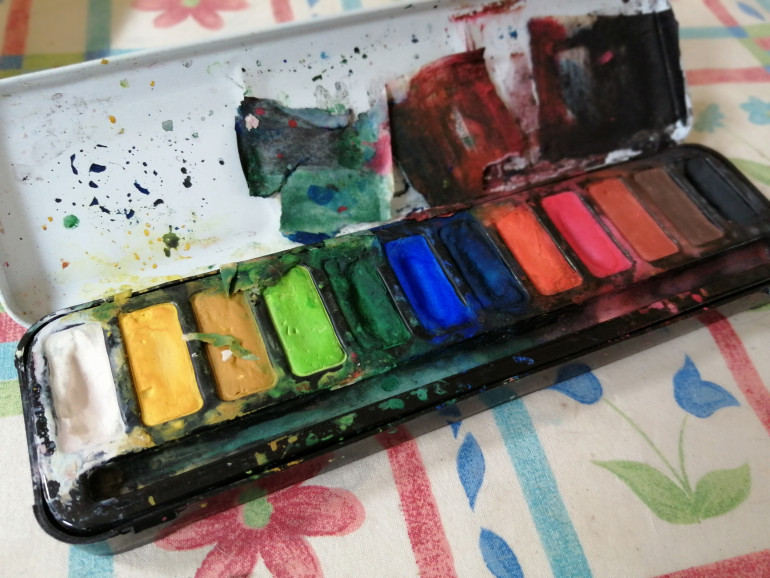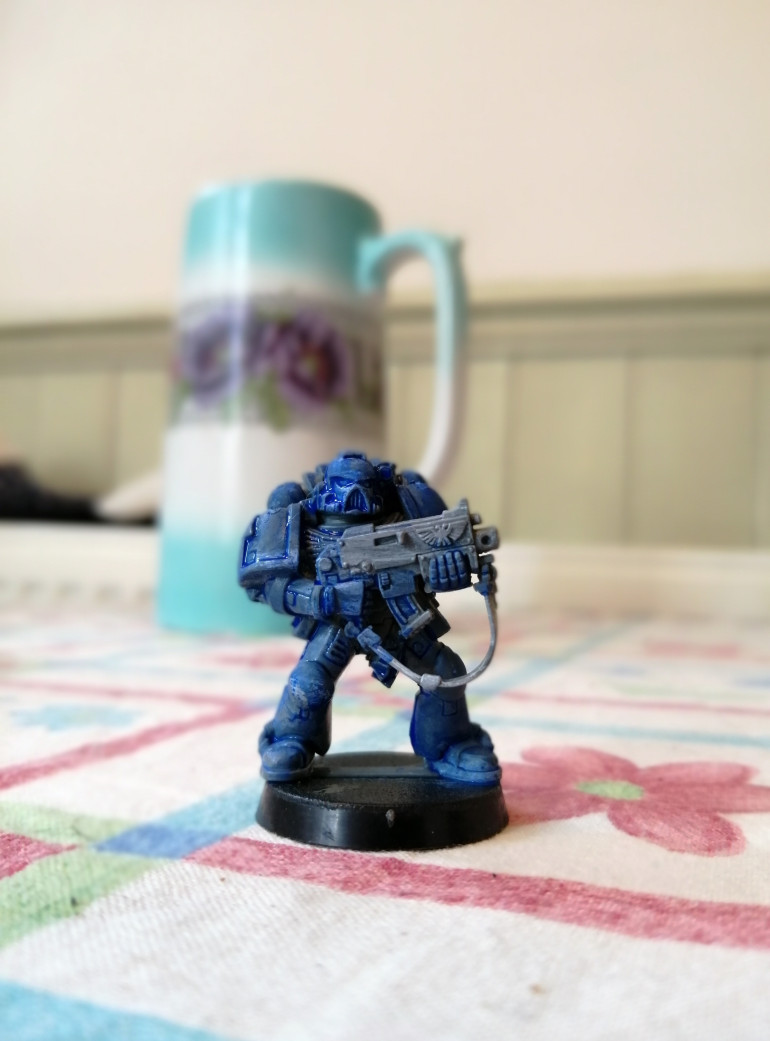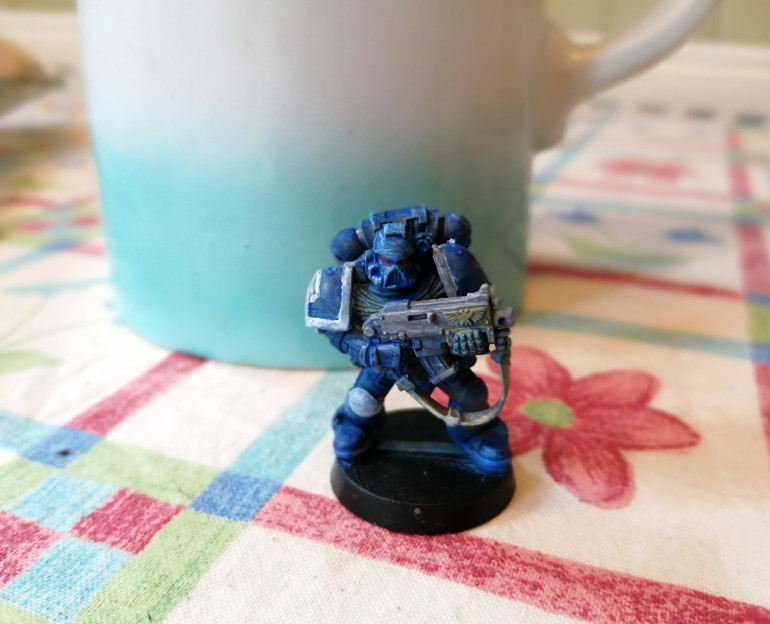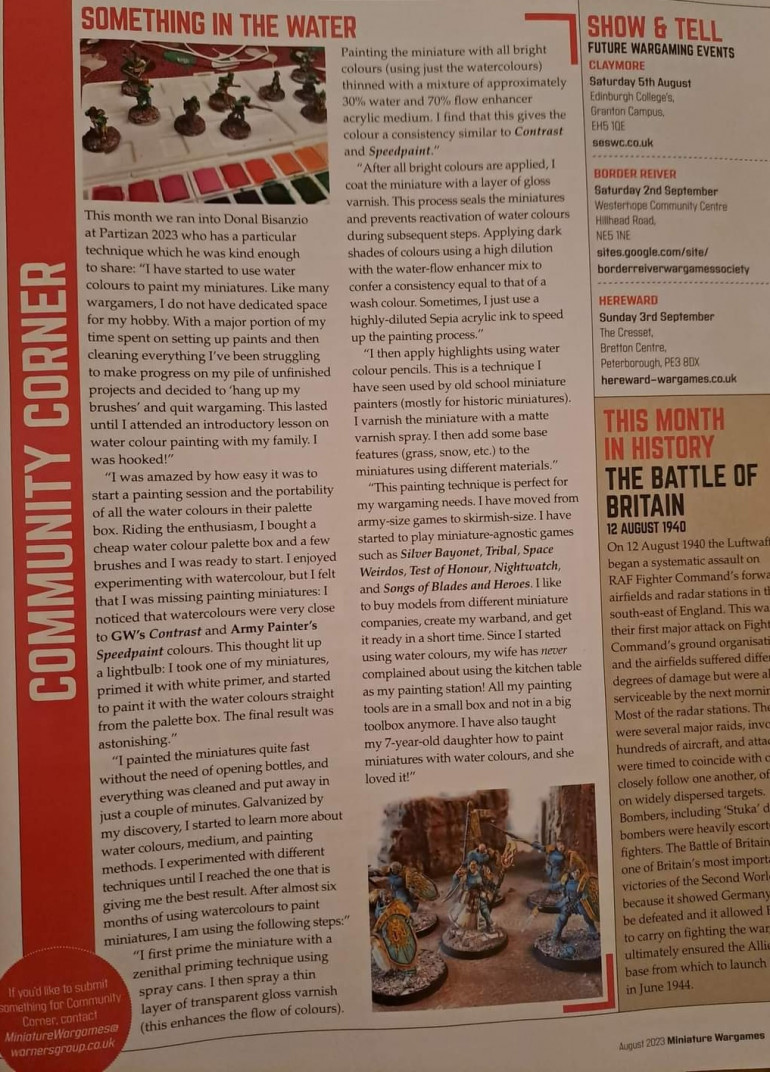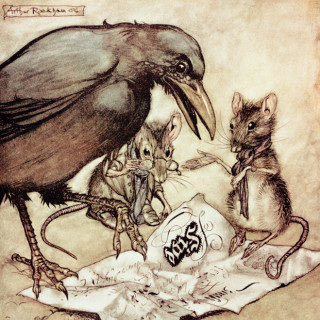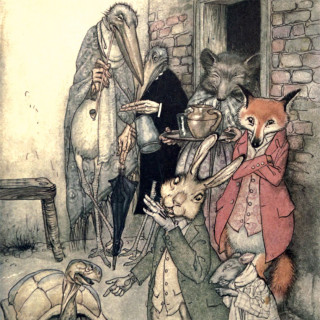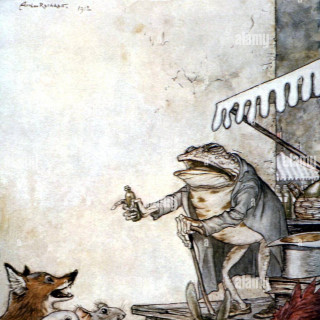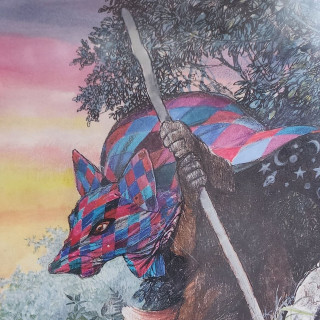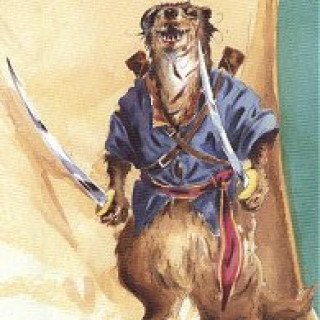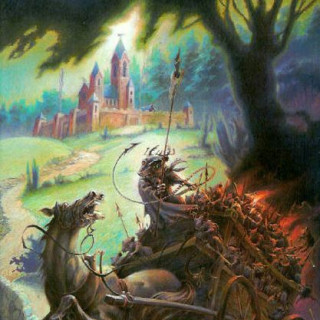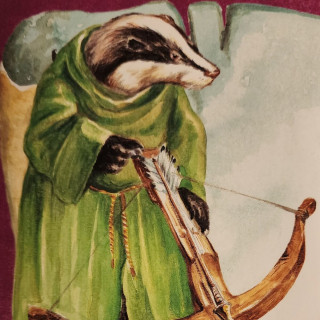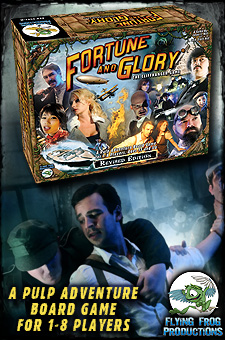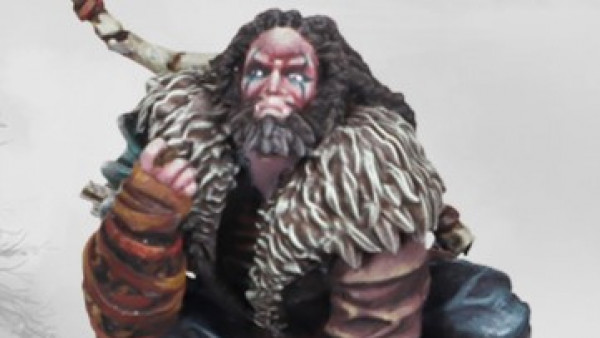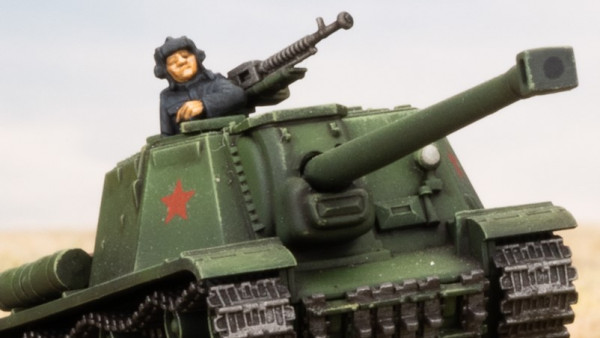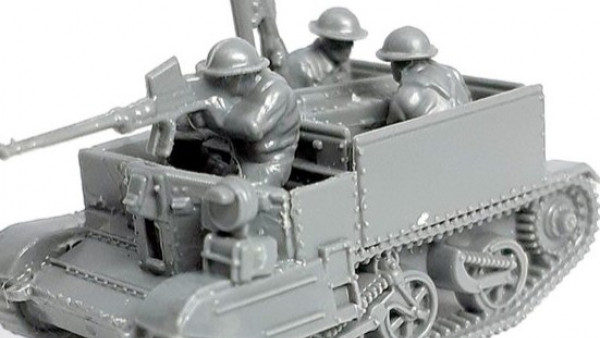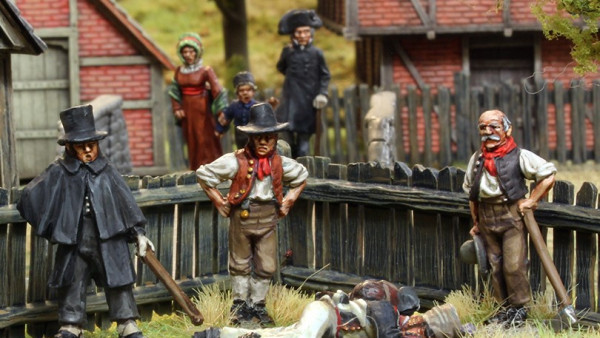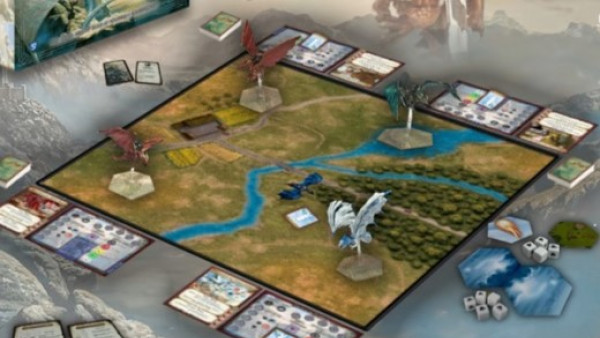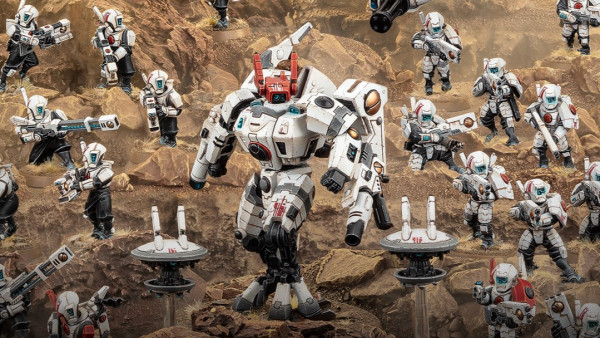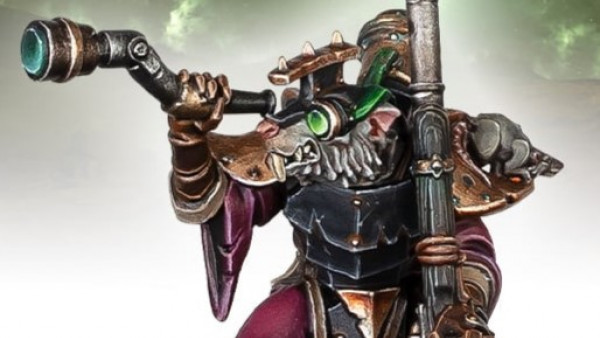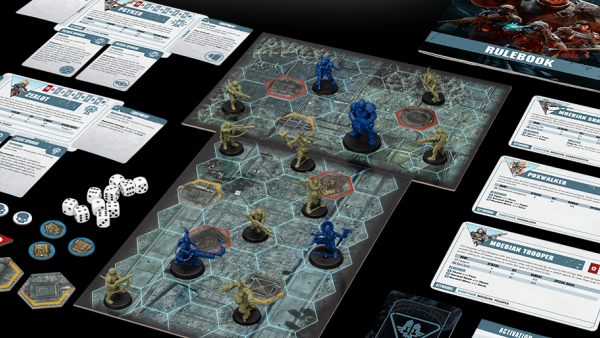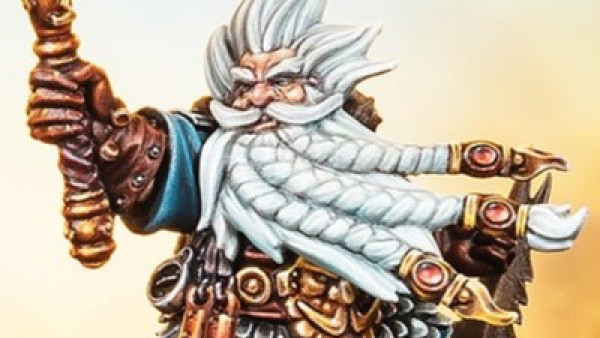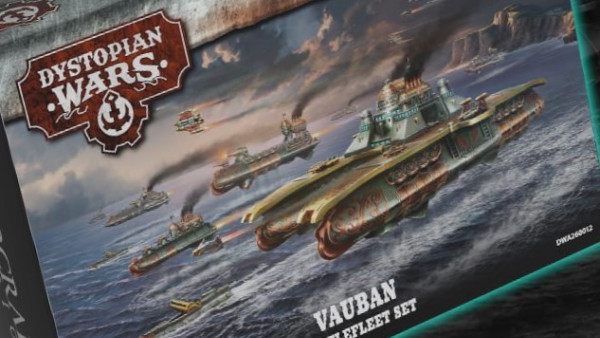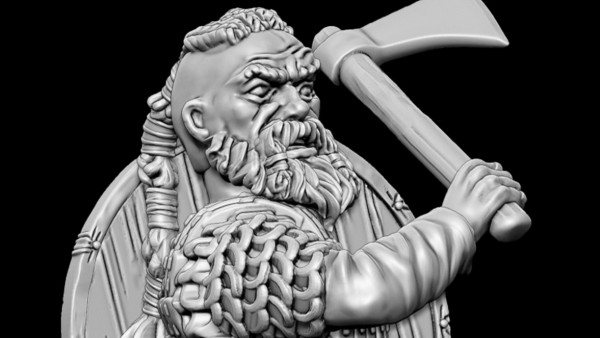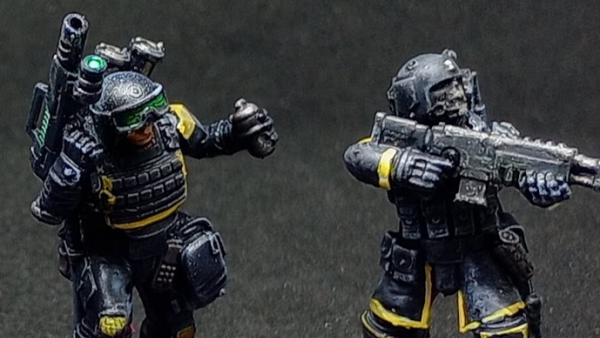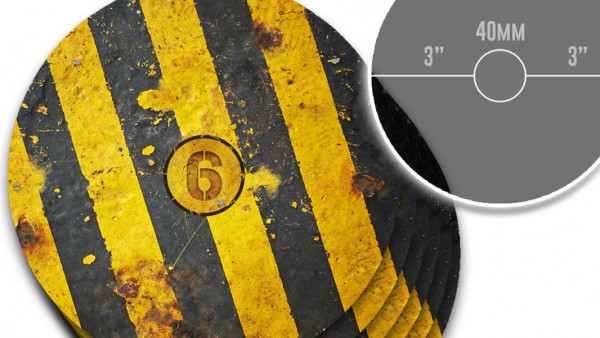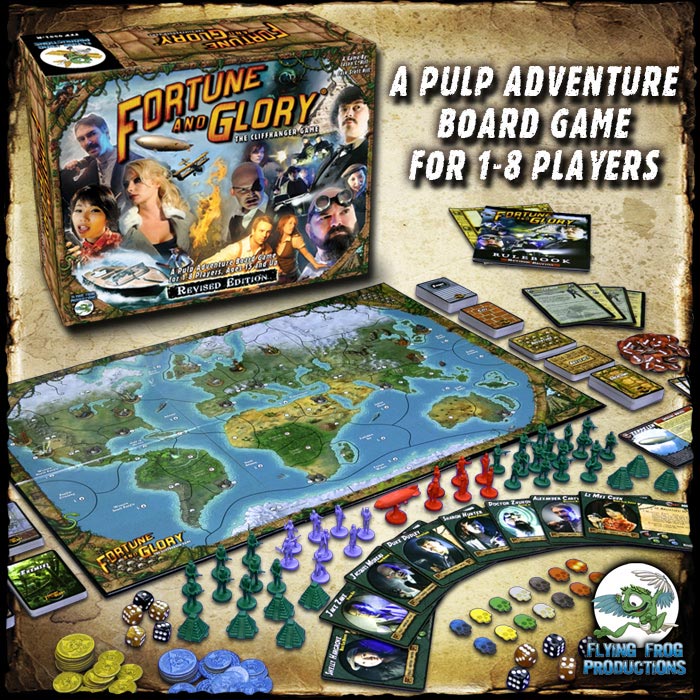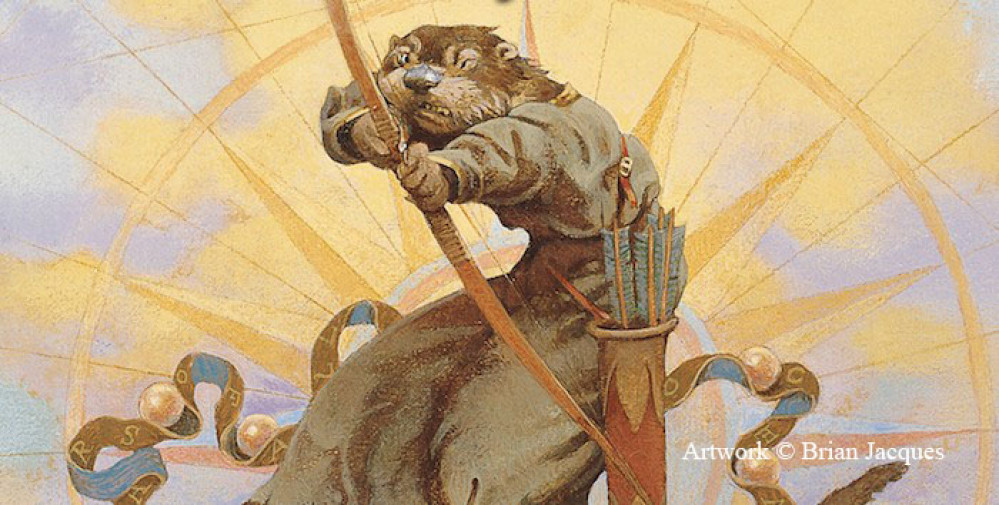
The War in the Willows – spring clean challenge 2024
Recommendations: 27
About the Project
Building a brown rat warband for Burrows and Badgers from old skaven models.
Related Game: Burrows & Badgers
Related Genre: Fantasy
Related Contest: Spring Clean Hobby Challenge 2024
This Project is Active
Better late than never
Sorry to anyone following this blog. I did the test but life got in the way, so I never wrote it up.
For the first test I used an old tactical marine and a simple box of watercolour paints.
First I gave the marine a quick highlight of white acylic followed by a layer of mat varnish.
Then I blocked out the main colours (blue in this case) followed by a another layer of varnish.
Next a layer blue and picked out any of the details I forgot. Once this had dryes I edge highlited the armour with a watercolour pencil.
It worked but it didn’t quite give the desired effect, but the fault was with me. I was too heavy with the base layer. I should have make the paint far looser and done two layers. I’m still happy with the effect so its time to dig out the rats.
Watercolor Challenge
I found this photo online. It’s an article about a fella called Doni Bisanzio saying how he had used watercolours. (if you took the picture or are Doni I apologise for using your work)
For those that can’t read the photo, the author starts with a primer, then gloss varnishes every layer. Starting light, then adding shading. And then using Watercolour pencils to add edge highlights
My thinking is to adapt this method, but using what I have at hand. Its been a year since the last Spring Clean Challenge and I still haven’t got any white spray primer, so I will be undercoating it by hand. I also don’t like gloss varnish so I will be using matt. What I do have is a vast collection of watercolour paints in various states of decay.
Wish me luck.
Arthur Rackham
Arthur Rackham RWS (19 September 1867 – 6 September 1939) was an English book illustrator. He is recognised as one of the leading figures during the Golden Age of British book illustration. His work is noted for its robust pen and ink drawings, which were combined with the use of watercolour, a technique he developed due to his background as a journalistic illustrator.
Rackham’s illustrations were chiefly based on robust pen and India ink drawings. Rackham gradually perfected his own uniquely expressive line from his background in journalistic illustration, paired with subtle use of watercolour, a technique which he was able to exploit due to technological developments in photographic reproduction. With this development, Rackham’s illustrations no longer needed an engraver (lacking Rackham’s talent) to cut clean lines on a wood or metal plate for printing because the artist merely had his works photographed and mechanically reproduced.
Rackham would first lightly block in shapes and details of the drawing with a soft pencil, for the more elaborate colour plates often utilising one of a small selection of compositional devices. Over this, he would then carefully work in lines of pen and India ink, removing the pencil traces after the drawing had begun to take form. For colour pictures, Rackham preferred the 3-colour process or trichromatic printing, which reproduced the delicate half-tones of photography through letterpress printing. He would begin painting by building up multiple thin washes of watercolour creating translucent tints. One of the disadvantages of the 3-colour (later 4-colour) printing process in the early years was that definition could be lost in the final print. Rackham would sometimes compensate for this by over-inking his drawings once more after painting. He would also go on to expand the use of silhouette cuts in illustration work, particularly in the period after the First World War, as exemplified by his Sleeping Beauty and Cinderella.
Typically, Rackham contributed both colour and monotone illustrations towards the works incorporating his images – and in the case of Hawthorne’s Wonder Book, he also provided a number of part-coloured block images similar in style to Meiji era Japanese woodblocks.
Rackham’s work is often described as a fusion of a northern European ‘Nordic’ style strongly influenced by the Japanese woodblock tradition of the early 19th century.
-Sourse Wikipedia
The Plan
It wouldn’t be a challenge if I tried to just paint the models, so I’ve resided to try and copy the painting style of Arthur Rackhams. I’m not alone in this, there is plenty of Redwall artwork that is also inspired by Rackhams work.
My issue will be getting the right colour tone. Acrylics just don’t have the right feel, or at least how I paint, but a year or so I read an interesting article about painting using Watercolours. This may produce the effect I am after, but the only way to be sure of this is to try it.
Love is a badger with a sword
Last Christmas I was given a copy of Burrows and Badgers, and I instantly fell in love with it.
I have always loved Redwall and anthropomorphic fantasy, and even my daughter’s bedtime stories used to be this fashion, with our pets and various other creatures adventuring around our home. Which brings me back to burrows and badgers. Not only did the game look good, it is set in the north of England, with locations I know and love.































